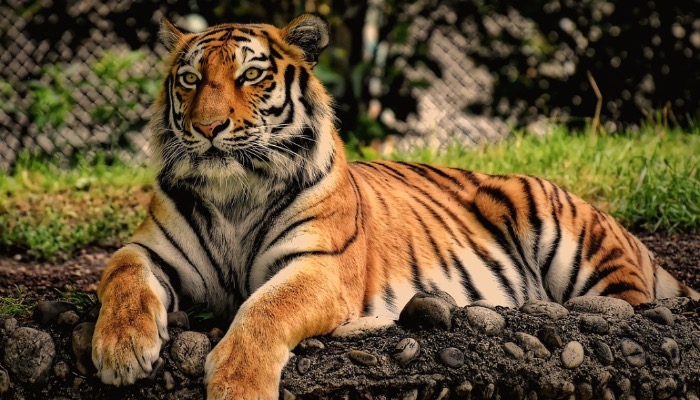India now has the world’s largest tiger population, despite holding only 18 percent of the global tiger habitat and a high human population density, according to a recent study. Over the past decade, India’s tiger numbers have surged to over 3,600, accounting for 75 percent of the global population. These tigers occupy 138,200 square kilometers—roughly half the size of the UK—home to about 60 million people.
The increase in tiger numbers is attributed to effective anti-poaching measures, habitat protection, improved prey availability, and reduced human-wildlife conflicts, benefiting both wildlife and local communities. Yadvendradev Vikramsinh Jhala, the study’s lead author, highlighted the importance of local attitudes toward conservation, contrasting India’s success with Malaysia, where tiger recovery efforts have struggled despite economic prosperity.
The study analysed tiger distribution from 2006 to 2018, revealing a 30 percent expansion of tiger habitats. While protected areas have seen the most success, tigers have adapted to areas shared with millions of people, especially in agricultural and peri-reserve zones.
Importance of Tiger conservations
India’s success offers valuable lessons for tiger-range countries, demonstrating that conservation efforts can benefit both biodiversity and local communities. “The common belief is that high human density prevents tiger populations from increasing,” said Yadvendradev Jhala, a senior scientist at the Indian National Academy of Sciences and the study’s lead author. “However, the research shows that it’s not human density but the attitude of the people that plays a more significant role.”
Wildlife conservationists and ecologists praised the study, though they emphasized that broader access to source data could further benefit tiger and wildlife conservation in India. The study was based on data collected by government-supported institutions.

